
|
|
|
|
|
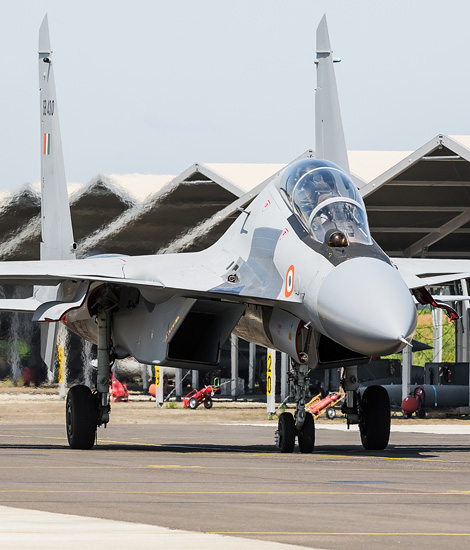
|
The Execution of Garuda Missions; Mont-de-Marsan, July 10, 2019
The French Indian Garuda VI, part 2; Text and Photograph's by Alex van Noye
To be maximum prepared for the exercise in France, the Indians trained extensively before the pilots would travel to France with their fighters. The exercise would be built up in phases and in the last week complex and combined missions would be flown. Both countries learned a lot from each other during Garuda VI.
Garuda is a very important exercise for the Indian Air Force in particular. The pilots from India do not fly as often against foreign opponents as the French are used to during the big exercises in Europe. To be fully prepared, the Indians have made an extensive preparation for Garuda VI. The preparations for this exercise began about six months before the exercise itself with a first planning session at BA118 Mont-de-Marsan. During this meeting, the mission planners and the tanker planners held an extensive brainstorming session about how the exercise could best be achieved. During this session, the duration of the exercise was determined, the number of missions to be flown, the structure of the missions and the number of required combat and support aircraft. With this homework the Indian planners returned to India to discuss the scope of the exercise with the Indian Air Force staff and to make further plans. The final scope of the exercise was determined during an interim planning session. The first week would begin with introductory flights to familiarize the Indian pilots with the French flight environment and French air traffic rules. This week would therefore mainly consist of basic missions for both the French and the Indians. Later in the first week, some basic combat maneuvering exercises were planned. These basic sessions consisted of one against one dogfights and two against two dogfights. Later, one against two dogfights were also flown to make it more difficult.
During the second week of the Garuda VI exercise, the objective was to fly LFEs (Large Force Engagements) with many planes. These scenarios would consist of groups from Blue Air competing against the Red Air aggressors. Two missions were planned daily in which the Indian and French air forces would alternate in the role of mission leader. In India, a work-up phase was started in advance to introduce pilots to large packages of uneven planes in a compact airspace. Especially for the younger and less experienced pilots, these are very important lessons. Refueling in the air was
|
|
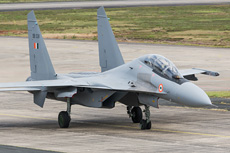
|
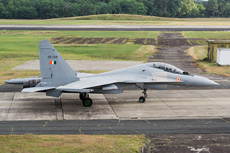
|
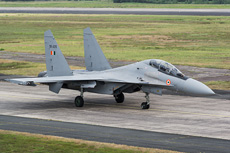
|
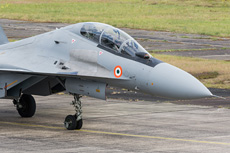
|
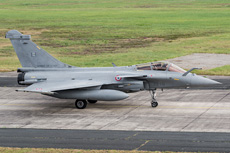
|
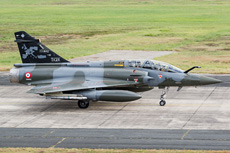
|
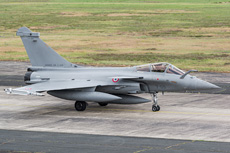
|
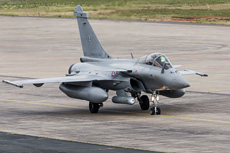
|
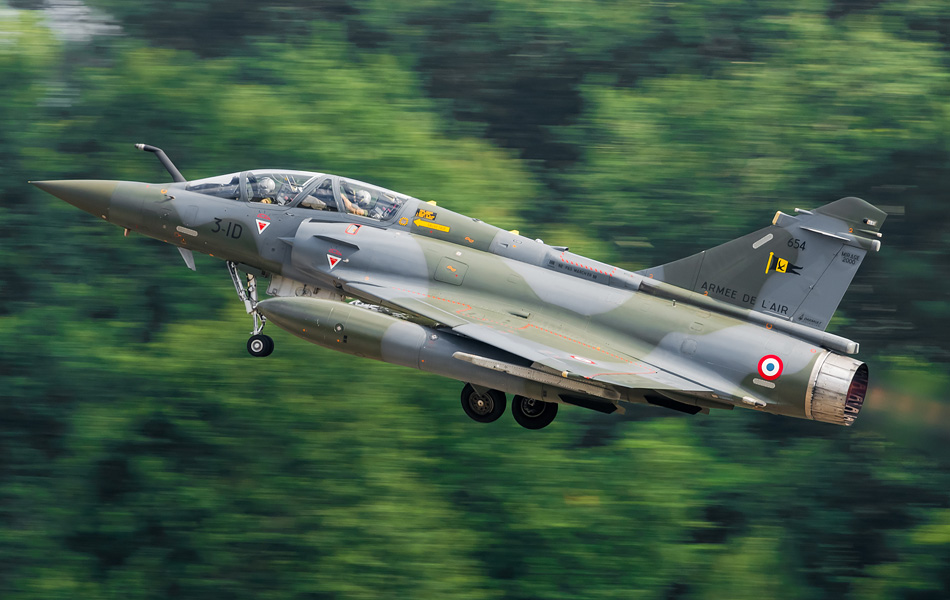
|
also integrated in these preparations, as this is a vital part of a modern deployment. Particularly refueling in the air was a very important objective, because this skill was crucial to make the flight from India to France before the exercise would take place at all. Flying with a formation of military combat aircraft is by no means the same as flying with a commercial aircraft from Mumbay in India to Paris in France. The pilots need a minimum level to be fully operational and to be deployable at least for two aircraft formations. The Indian Air Force therefore deliberately sent a mix of young and experienced pilots to France to learn this. The Indian Ilyushin Il-78MKI tanker is comparable to the French C-135F Stratotanker. Both aircraft are equipped with four engines with three fuel points. There are plans to replace the outdated Ilyushin tanker in India. During the first week of the exercise, Indians could see the new French Airbus A330 MRTT tanker at BA Istres.
As soon as the planes are launched during a mission, the detection and control center (Center de Détection et de Contrôle (CDC) 04.930 de Mont-de-Marsan) takes over control of the exercise. The planes in the air use the 'Marina' callsign during the exercise to make contact with the mission center. The "Marina" CDC is responsible for all flight activities in the southwest of France. Monitoring of air traffic, the control of exercises and QRA air defense missions are coordinated by this control center. The "Marina" control center works closely with other regional CDCs and the centralized national French CDC at the Lyon-Mont Verdun airbase which operates under callsign "Rambert". At the CDC of Mont-de-Marsan, the French and Indian pilots later also have the debriefing of the mission. Shortly after a mission has landed, debriefing is done with all the pilots involved. Because the large international force often consists of airplanes that fly from their home base in France, a video connection is set up to enable them to debrief with these participants. During the debriefing the mission commander checks whether all participants are present before he starts the debriefing. The pilots go through all the scenarios that took place during this mission. The joint lessons learned are discussed in detail. This is about the things that went right and wrong during the execution of the various Garuda missions.
During the Garuda missions, the pilots also get the chance to fly in each other's fighters. The Indian VCAS Air Marshall RKS Bhadauria flew in a Rafale together with Lieutenant Colonel Antoine Courty who is the commander of EC 2/30. The main purpose of this exchange is to work together between the two air forces involved. By building up the exercise from introductory missions in the first week to a large package in the second week, people learn a lot about each other. Pilots can learn the most about each other's planes if they actually fly into the air together in one aircraft. One can actually see and feel what happens during an average Garuda mission from the cockpit of a strange aircraft. Group Captain Rodrigues "RODS" is the commander of the Sukhoi squadron. He has flown more than 3000 flying hours and around 1000 of them on the Sukhoi Su-30. The commander also flies missions during Garuda VI. Rodrigues says: “It was a great experience and more than challenging and the exercise had great learning value for us, primarily because the French Air Force meets NATO standards. In terms of understanding each other, it was not difficult. But going through different phases from the basic combat maneuvers to large armed forces is challenging. In each phase, we had high learning value due to the French expertise." It is clear that the Indians in particular were very satisfied with the cooperation with the French. But French combat pilots also learned important lessons during Garuda VI. Both countries look back on the cooperation with satisfaction. In the future, the next Garuda is likely to take place somewhere in India again.
|
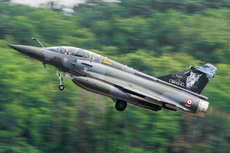
|
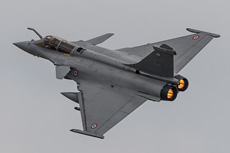
|
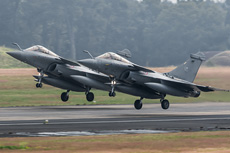
|
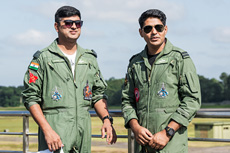
|
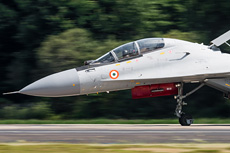
|
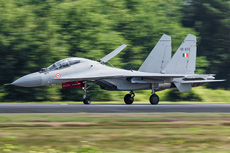
|
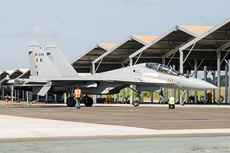
|
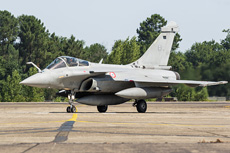
|
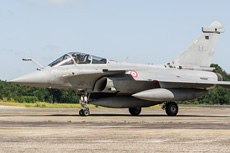
|
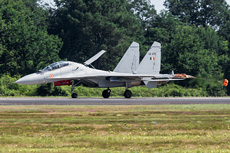
|
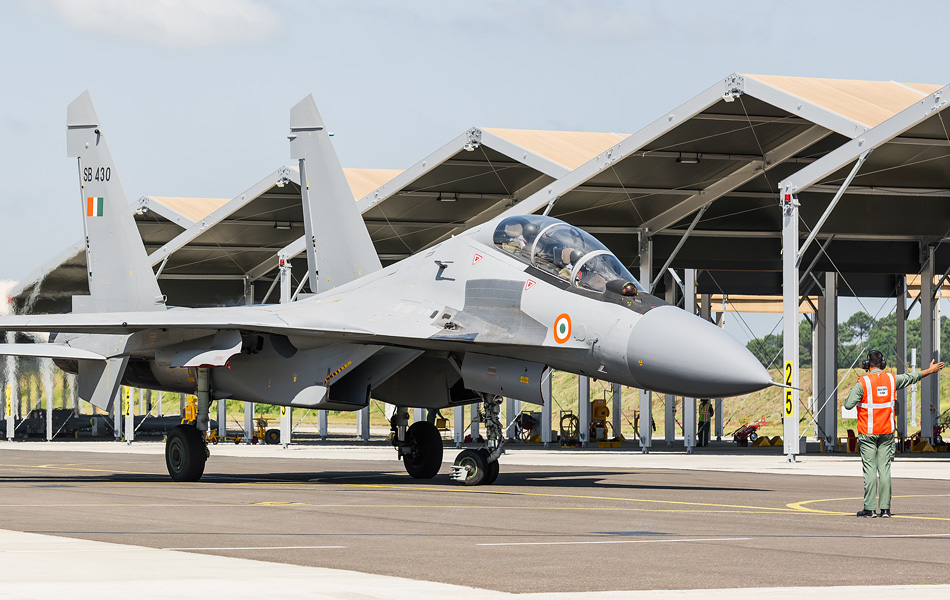
|
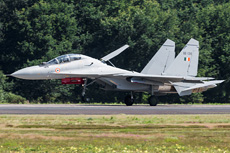
|
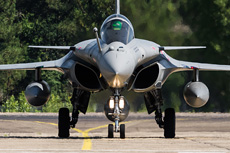
|
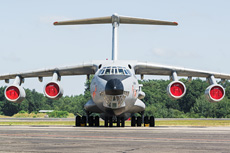
|
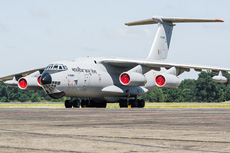
|
|
|

|







